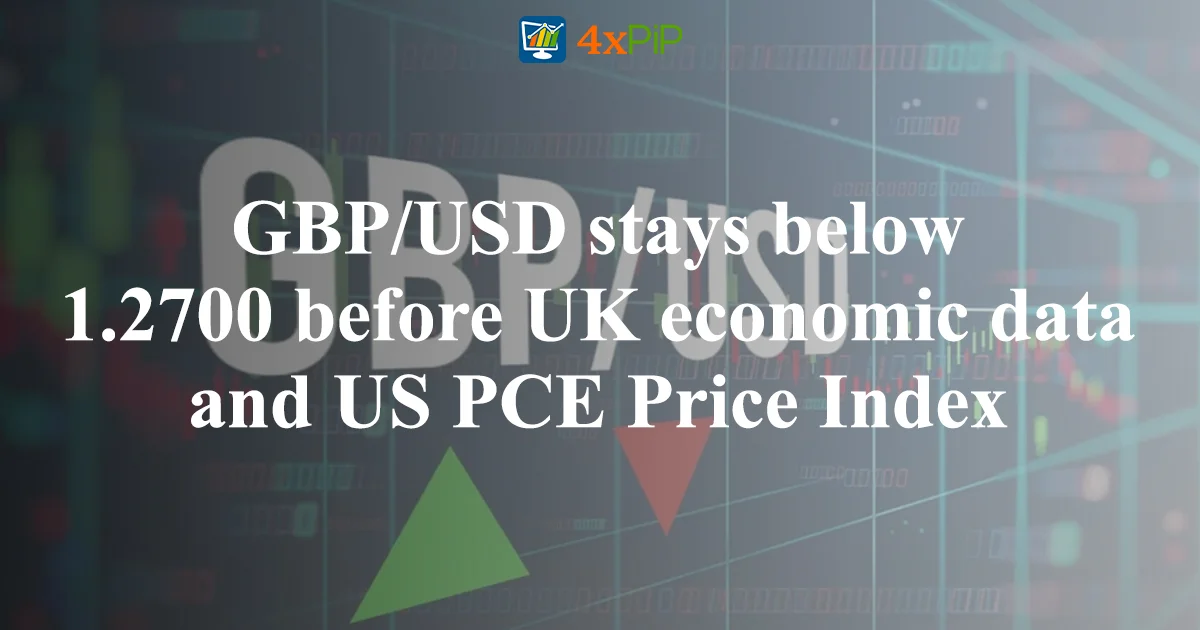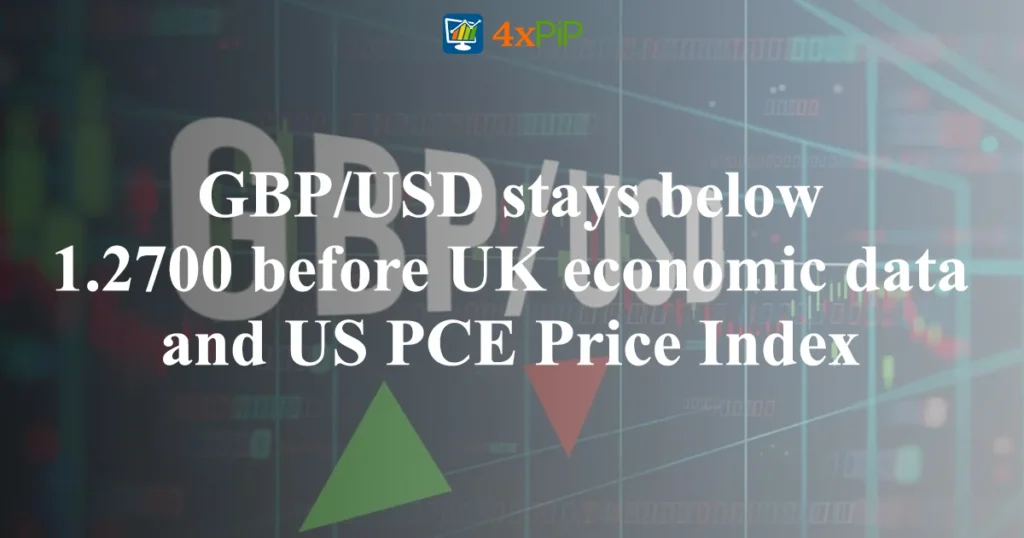The GBP/USD currency pair is kind of stuck in a tricky situation. The US dollar is bouncing back a bit from a low point, making things uncertain. Even though the British Pound had a small bounce recently, it’s having trouble going higher. Traders are being careful because the GBP/USD pair is below a certain level, and everyone is watching important reports about the UK and US economies to figure out what might happen next. The article talks about how economic data and decisions by central banks can affect the value of these currencies.
GBP/USD is a bit lower on Friday due to a small rebound in the USD from a multi-month low. The situation is a bit mixed, so it’s important to be cautious before making any big trading decisions. Traders are now waiting for important economic reports from the UK and the US to get a better idea of where things might go next.
The GBP/USD pair is having a hard time going up after a decent bounce of about 85 pips from the 1.2610 region, which was a one-week low. It’s staying below the 1.2700 mark, and traders are watching closely for cues from key economic releases.
The UK will release its monthly Retail Sales report and the final Q3 GDP print. Meanwhile, the US has the Core Personal Consumption Expenditure (PCE) Price Index, which could influence the Federal Reserve’s future decisions. This, in turn, will impact the demand for the US Dollar and provide direction for GBP/USD.
There’s some uncertainty about when the Fed might start cutting interest rates in 2024. This uncertainty helped the US recover from a near five-month low on Thursday, caused by a lower-than-expected US GDP print. The latest data showed the US economy expanded by 4.9%, slightly lower than the previous estimate.
On another note, Initial Weekly Jobless Claims in the US rose by 2,000 to 205,000, but they are still at historically low levels. Despite this, the USD didn’t get much support due to expectations of a dovish Fed. The GBP/USD pair, on the other hand, didn’t gain much momentum because of speculations that the Bank of England (BoE) might cut interest rates in the first half of the next year.
These speculations were fueled by drop in UK consumer inflation in November, which was the lowest in over two years. The annual increase in consumer prices slowed down from 4.6% in October to 3.9% last month. This raised likelihood of BoE rate cut in March, causing some pressure on British Pound and limiting gains for GBP/USD.
Conclusion
Right now, the GBP/USD situation is a bit uncertain. The article explains value of currencies is influenced by various factors, like economic reports and decisions made by central banks. Traders are waiting for important information from the UK and US to better understand what might happen. The recent bounce in the GBP/USD pair is there, but it’s not going up much, and the article highlights the caution among traders as they try to figure out the direction these currencies might take in the near future.





